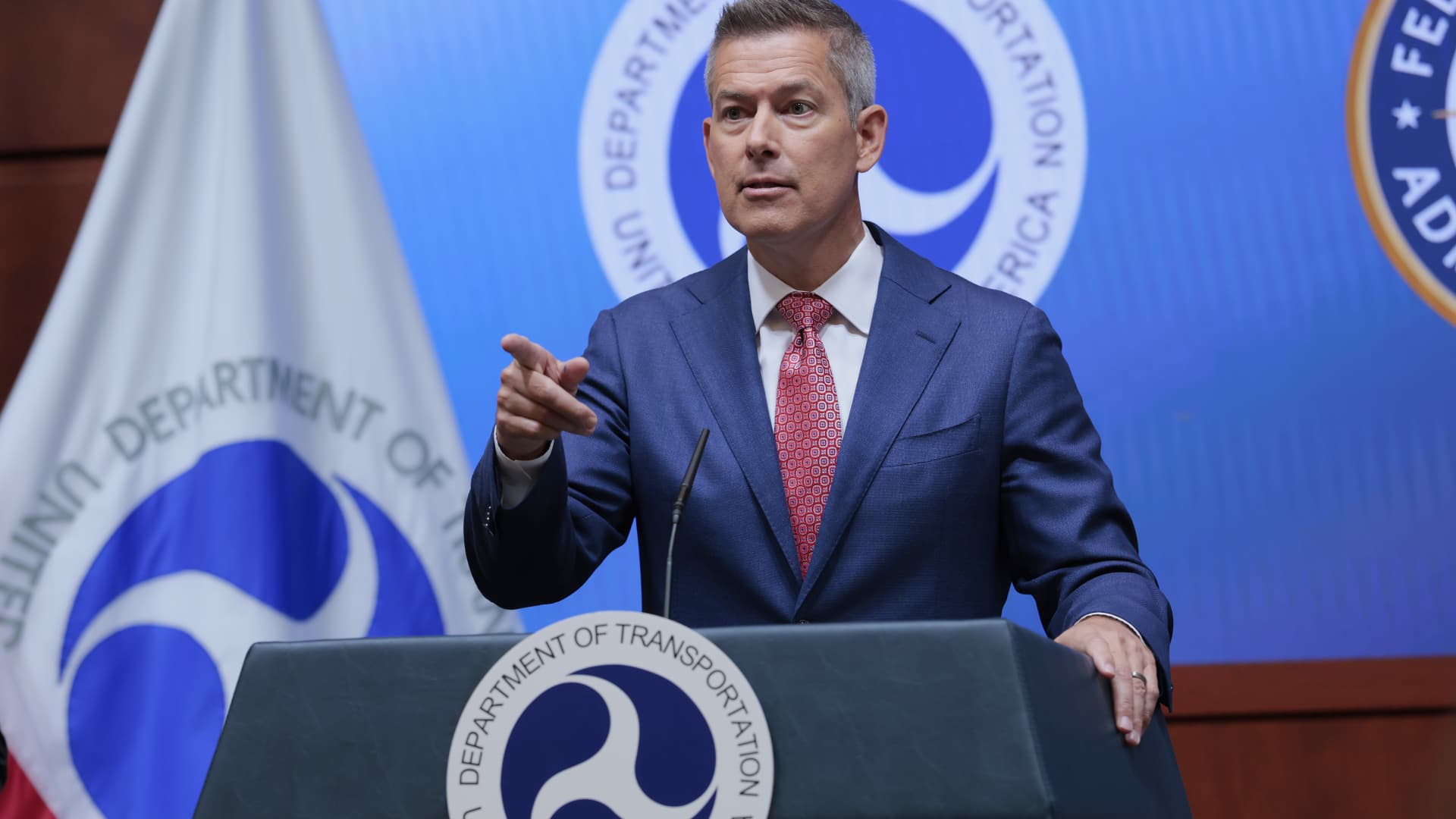The State of U.S. Air Traffic Control: Challenges and Initiatives
A System at a Crossroads
The U.S. air traffic control system is at a pivotal moment, grappling with the consequences of years of inadequate investment and chronic staffing shortages. The Department of Transportation (DOT) has unveiled an ambitious plan to construct a new air traffic control system by 2028, underscoring the urgent need for modernization. This initiative comes against a backdrop of recurring high-profile incidents and systemic problems that have beset the Federal Aviation Administration (FAA) and its infrastructure.
Newark Liberty International Airport: A Microcosm of Systemic Issues
Newark Liberty International Airport has emerged as a stark illustration of these challenges, plagued by frequent communication failures and staffing deficiencies. In response, the FAA has assembled an emergency task force comprising executives from Verizon, L3Harris, and the FAA itself. This task force is tasked with addressing the technological breakdowns that have left air traffic controllers effectively blind, resulting in substantial delays and cancellations.
The Impact of Communication Breakdowns
The outages at Newark have laid bare the consequences of decades of underinvestment and staffing shortages. The FAA has been compelled to reduce the rate of arrivals and departures to ensure safety, leading to a high volume of canceled flights. For example, on a single day, Newark recorded the highest number of canceled departures (42) and arrivals (46) in the nation. The FAA has acknowledged the necessity of upgrading the technology used to transmit radar data to air traffic controllers and improving staffing levels to mitigate these issues.
The Crucial Role of Technology and Staffing
The FAA’s blueprint for revamping the air traffic control system encompasses substantial technological enhancements. The agency is transitioning to a more contemporary network environment, reducing reliance on antiquated copper wires. Verizon has been awarded a $2.4 billion telecommunications contract to design, build, secure, integrate, and operate a new telecommunications network infrastructure. This contract is part of a wider endeavor to modernize the FAA’s telecommunications networks, which are vital for overseeing 29 million square miles of U.S. airspace and ensuring the safe movement of 45,000 flights daily.
The Starlink Controversy
However, the FAA’s initiatives are not without controversy. Elon Musk’s Starlink satellite internet service is being tested by the FAA, raising potential ethical concerns and conflicts of interest. Musk has been outspoken about the need for infrastructure upgrades, even suggesting that air safety is at risk. Conversely, major airline executives do not view the FAA infrastructure as an immediate safety hazard, highlighting the divergent views on the urgency of the situation.
Navigating Political and Administrative Hurdles
The political landscape adds an additional layer of complexity to the FAA’s challenges. The Biden administration has been criticized for ongoing air traffic control failures, with DOT Secretary Sean Duffy attributing blame to the current administration. This political friction could further complicate efforts to address the systemic issues within the FAA.
Political Transitions and Fragmented Approaches
The Trump administration had also undertaken steps to tackle these issues, including the formation of the emergency task force and the involvement of private sector executives. However, political transitions and shifting priorities have resulted in a fragmented approach to resolving the FAA’s problems.
Forging a Path Forward
The FAA’s plans to overhaul the air traffic control system are both ambitious and necessary. The agency is implementing immediate measures to enhance operations at Newark Airport, including technological updates and increasing air traffic control staffing. These efforts are part of a broader strategy to modernize the nation’s air traffic control infrastructure, which has been described as unsustainable in its current state.
Collaboration and Safety
The FAA’s initiatives also involve consultations with all airlines to determine the number of flights the airport can safely handle. This collaborative approach is crucial for ensuring that the new system can meet the demands of modern air travel while maintaining high safety standards.
Conclusion: A Pivotal Moment for U.S. Air Traffic Control
The U.S. air traffic control system stands at a critical juncture. The FAA’s plans to build a new system by 2028, coupled with immediate steps to address current issues at Newark Airport, represent a significant effort to modernize and improve the nation’s air traffic control infrastructure. However, the road ahead is fraught with challenges, including technological upgrades, staffing shortages, political tensions, and ethical concerns. The success of these initiatives will hinge on sustained effort, collaboration, and a steadfast commitment to prioritizing safety and efficiency in air travel. The future of U.S. air traffic control is in the balance, and the actions taken today will shape the safety and reliability of air travel for generations to come.

